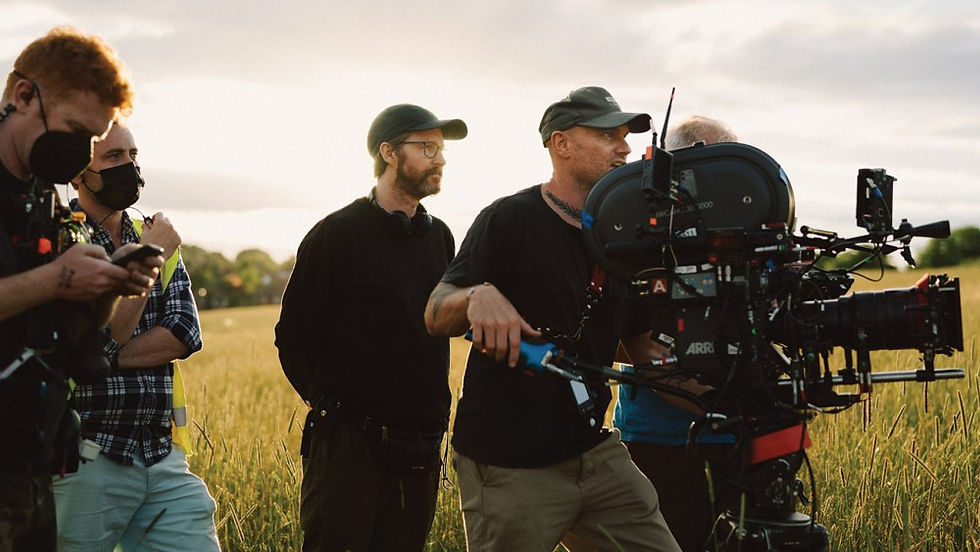The Hidden Efficiencies of Shooting on Film
- Cinelab Film & Digital

- Aug 22
- 2 min read
When people talk about the benefits of shooting on film, the conversation almost always starts with the look. Grain, contrast, colour depth—the unmistakable cinematic quality of celluloid. But a recent article in LBB Online, written by Zhenya Tsenzharyk and supported by insights from several Cinelab clients, highlights something deeper: that film offers unique production and postproduction efficiencies, as well as creative discipline that digital formats often dilute.

In “Focus, Discipline, Efficiency: The Other Reasons Filmmakers Opt for the Analogue Medium,” directors and cinematographers reflect on how film influences not just what’s captured, but how it’s made.
Cinematographer Jake Gabbay observes that working with film often sharpens attention across the set. “Shooting on film often elevates the focus on set. Not always, but certainly more often than not,” he notes. That shift in focus is something echoed by director Albert Moya, who describes how the analogue format encourages clarity of vision and purpose: “It forces you to slow down and consider… framing, the light, the movement… every frame really counts.”
At a time when digital workflows can lead to over-shooting and decision-fatigue in the edit, film brings constraints that many creatives find liberating. “Shooting film demands a laser focus on set,” says cinematographer Ben Fordesman. “We sharpen our attention… you know the results will always be reliably magical. That, in turn, makes the colour grade process feel nearly effortless.”
The impact isn’t just technical—it’s psychological. When director Baker (whose short film Leopard screened at Cannes) told his actors they’d be shooting on film for a project with A Rabbit’s Foot, their reaction was striking. “Their faces lit up,” he says. “There’s a finite amount of chances to deliver in the moment, and that awareness created a reverence. It instantly changed the mood of the set.”
Many of the filmmakers featured in the article speak to a sense of discipline and mutual respect that film engenders across the crew. With less time spent glued to monitor screens, there’s more presence on set—more attention paid to performance, composition, and practical collaboration. For director Elliott Power, the format provides a kind of creative training ground. “Precision, patience, and purpose… It trains your eye, your timing, and your storytelling instincts,” he says. “Shoot on film whenever you can. It’s the best crash course in making every frame count.”
And what about postproduction? While the idea that film is more time-consuming in post has long been assumed, many filmmakers argue the opposite. With much of the look already established in-camera, grading becomes a matter of enhancement rather than invention. There’s less need to “fix it in post” when the image already holds that richness and depth.
As Baker reflects, there’s also something less tangible, but no less powerful, about the results. “If you have the means, shoot on film,” he urges. “The classic film look will be felt unconsciously. We connect that look with what cinema is in its purest form.”
Read the full article on LBB Online:




For a night of sophistication and charm, look no further than our exquisite nearby call girl. We provide access to companions who are not only beautiful but also intelligent and engaging. Let us make your special moments truly exceptional with our discreet, professional booking and unforgettable experiences.
Midnight Wins Casino provides a more novel gaming experience with its modern interface and wider variety of games. I also enjoyed their mini-games, which were a fun touch. If you prefer slots or sports betting or e-sports, Midnight Wins Casino has got you covered.